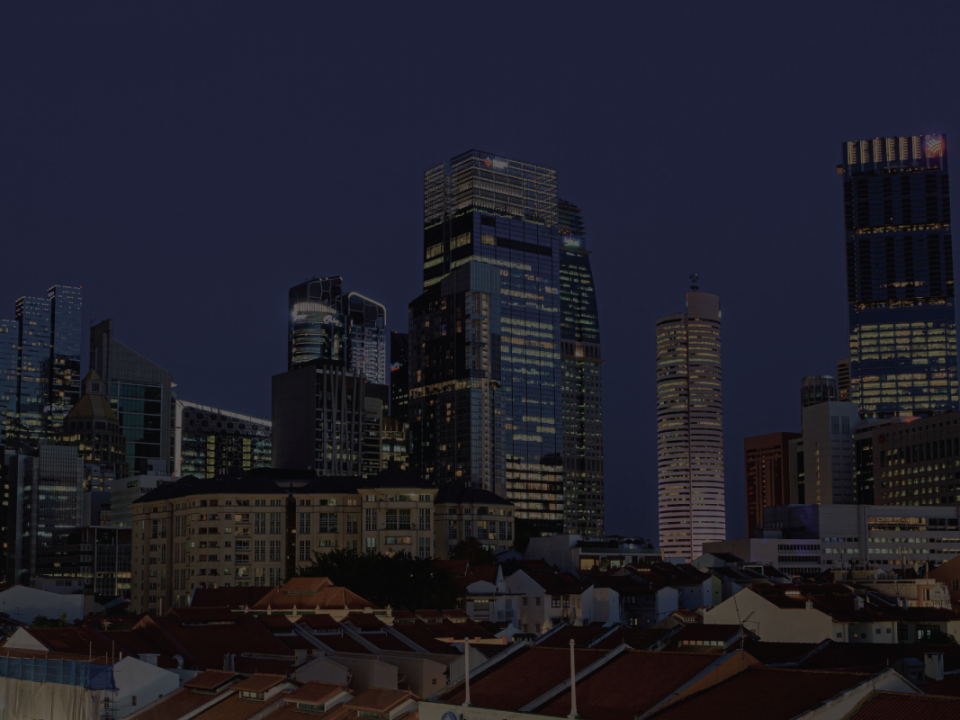
Is P2P Energy Trading the Future of Electricity?
August 5, 2020
Solar Energy for a Sustainable Future: Introduction to Synergy
August 21, 2020Singapore’s Open Electricity Market (OEM) has seen 40% of the city-state’s households making the switch to private retailers, such as Senoko Energy. This achievement is significant, considering the single-digit percentage conversion rates usually seen in other countries with liberalised energy markets. Looking from a different perspective, the figures may also indicate that most consumers want more than just lower prices.
The OEM ultimately challenged consumers to understand the Singapore energy market. And in doing so, they can better exercise their freedom and flexibility to choose their most suited retailers. A study by the National Climate Change Secretariat (NCCS) found that most Singaporeans were becoming more climate-conscious, and were willing to take steps to reduce their ecological impact.
SolarShare – a collaboration with Senoko Energy
In August 2020, we launched SolarShare in collaboration with Senoko Energy, built on Electrify’s Synergy energy trading platform – was launched in collaboration with Senoko Energy. Being Singapore’s first commercial peer-to-peer (P2P) renewable energy trading pilot, SolarShare represents a significant milestone. SolarShare will support up to 100 participants in real time P2P renewable energy trades. The project follows Electrify’s successful technical test of Synergy in February 2019, demonstrating the potential of this new energy platform.
Fully deployed, SolarShare can potentially catalyse the growth of the renewable energy sector in Singapore. Would-be prosumers may move forward with their plans due to the ability to monetise their excess capacity more effectively. On the other hand, consumers can enjoy access to a wider range of renewable energy options fairer market prices. This will no doubt play a role in advancing the Singapore government’s goal of deploying at least 2 Gigawatt-peak of solar energy by 2030.
Growing energy needs = opportunities for new business models
Beyond Singapore, the SolarShare project is also in line with the region’s shift towards renewable energy. ASEAN is home to some of the world’s fastest-growing economies. As a consequence, its energy consumption has doubled since 1995. Moving forward, the International Renewable Energy Agency expects overall energy demand to continue growing at 4.7% per year through to 2034. The bloc has set an energy target to have 23% of its energy mix fulfilled by renewables by 2025. This represents a 250% increase from renewable energy generation levels in 2014. Electrify has forecasted US$60M worth of solar energy to be transacted across major Southeast Asian markets by 2023, a significant increase from US$2.6M next year.
“The concept of P2P energy trading is highly innovative and smart, and its adoption around the globe is still in its early stages. We believe this will be the future of our energy industry, driven by a community of like-minded individuals and companies." – James Chong, Head of Commercial, Senoko Energy
Following the “4 Switches” deployed by Singapore to change up the energy market, SolarShare will definitely augur well in the growth potential for Synergy and P2P energy trading in ASEAN, bringing about a new dawn for Asia’s energy markets, filling in the gaps and maximizing the opportunities for solar energy in the years ahead. To register your interest as a participant, please visit www.solarshare.sg.

